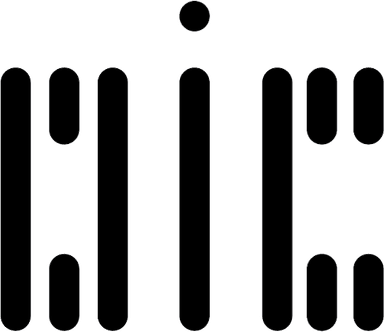Article d'une publication
Virginia Woolf’s Image of the Plunge: Intimations of the Postmodern Imagination
The plunge in Mrs. Dalloway represents the effect of one individual on the lives of others, radiating out in widening circles from the initial moment of inspiration or influence. In that novel, Woolf suggests that much the same process occurs with the effect of art; the circles widen. As if to underscore and continue this insight born of an image, Michael Cunningham continues the widening circles with his novel The Hours, based on Mrs. Dalloway, and later made into a movie of the same name. A key aspect of the image of the plunge is that the motion that it initiates has no end. In this sense, it represents a trace of what is to come. The image allows our imagination to encompass the beginnings of what happens next, but not to fully grasp these innumerable ripples in the water. We might take this as a metaphor of the postmodern imagination, heralding a horizon that cannot be grasped. If we set this image of the plunge against a different image that has been proposed for the postmodern imagination by Richard Keamey, a labyrinth of mirrors, we come to a striking conclusion. Summarizing the findings of the poststructuralists, Keamey prognosticates the imminent death of the imagination, arguing that the postmodern artist simply recycles fragments, abandoning any discernible act of creation for a reordering of second-hand images without origin or end. Woolf’s alternative image of the plunge repeats the endlessness of the metaphor, but with a crucial difference. That difference is that the plunge suggests the vitality of the imagination, not its imminent dernise. Ils vitality lies in its ability to conjure up a vision in the minds of readers that suggests, but does not encompass, the interconnectedness of ail people and ail art, allowing us both to imagine and participate in the web of interplay that stretches out beyond what reason can grasp.
